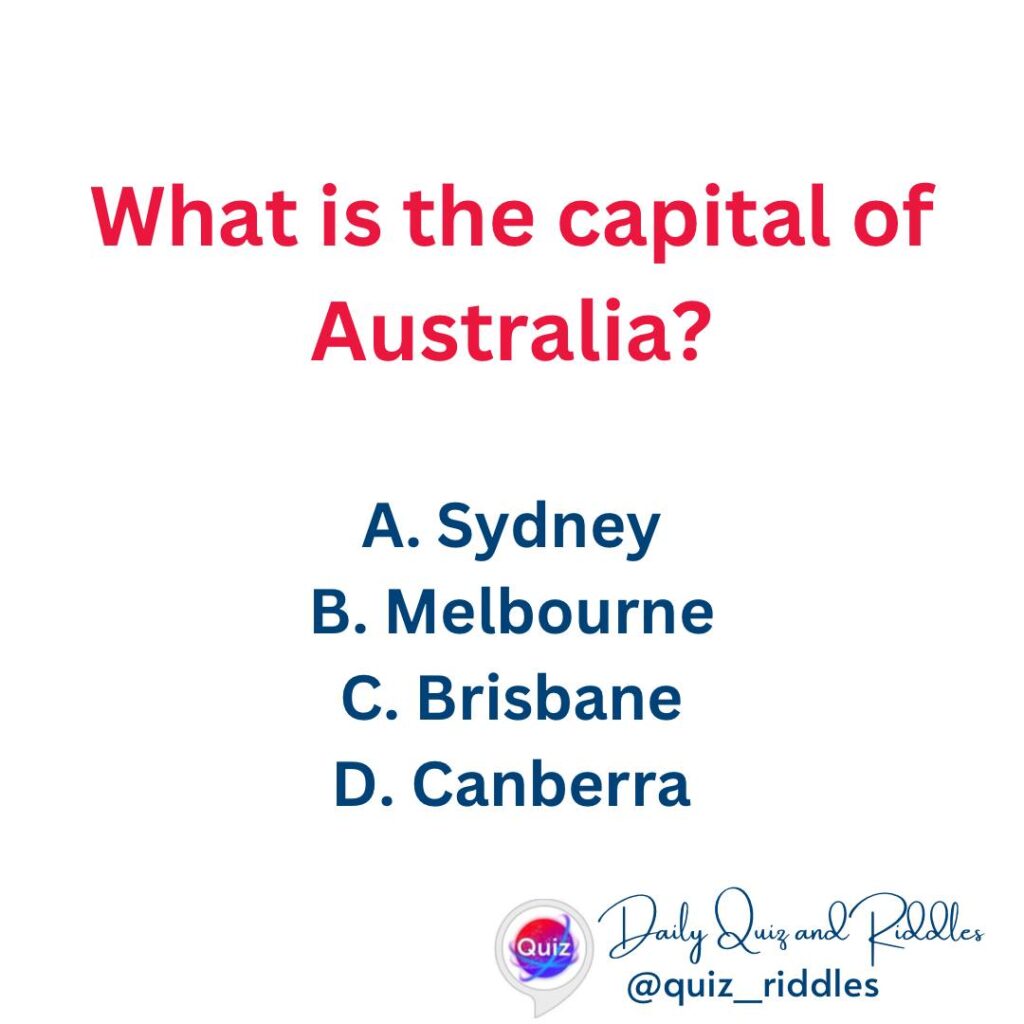When people think of Australia, cities like Sydney and Melbourne often come to mind. But surprisingly, neither of these two cities is the capital. Instead, it’s Canberra—a smaller, quieter city tucked away from the coast. How did Canberra earn this title, and why wasn’t it one of the more famous cities? Let’s unravel the story of Canberra’s unique journey to becoming the capital of Australia!
Sydney vs. Melbourne: The Rivalry Begins
By the early 1900s, Australia was a newly federated country and needed a central place for its government. Naturally, both Sydney and Melbourne, Australia’s largest cities, saw themselves as the obvious choice for capital. Sydney, established way back in 1788, argued it was the oldest and had the famous harbor. Melbourne, on the other hand, was flourishing economically and culturally, with a vibrant community and wealth from the gold rush.
Both cities had strong arguments, and neither wanted to give in. So, what could Australia do?
Finding Neutral Ground: The Birth of a New Capital
To solve this dilemma, the government decided to create a compromise: build a brand-new city halfway between Sydney and Melbourne. This way, neither city would feel like it had “lost” the capital, and a fresh start could bring everyone together.
But where should this new city go? After much searching, a site 280 km (174 miles) southwest of Sydney and 660 km (410 miles) northeast of Melbourne was chosen. This spot was a peaceful area with scenic hills, grassy plains, and plenty of room to grow. While it was mostly farmland back then, it had all the potential for a future capital.
The Name Canberra: A Meeting Place
The new city needed a name, and “Canberra” was chosen. The word “Canberra” is believed to come from “Kambera” or “Kamberri,” meaning “meeting place” in the local Ngunnawal language. This name was fitting because Canberra was meant to be a neutral ground—a meeting place for all Australians, uniting the country.
Designing Canberra: A Global Competition
With the location and name decided, the next step was designing Canberra. An international competition was held, and architects from around the world submitted ideas. In 1912, American architect Walter Burley Griffin and his wife, Marion, won the competition with their unique vision. Their design focused on wide streets, lakes, and green spaces, creating a city that felt open and welcoming.
One of their key features was an artificial lake—now known as Lake Burley Griffin—right in the center of the city. This lake became an iconic part of Canberra, adding to the peaceful atmosphere of the new capital.
Founding of Canberra: Building the Capital
Canberra officially became the capital in 1913, and construction started soon after. It took time for the city to develop; it wasn’t until 1927 that Parliament House opened, marking Canberra as the official seat of the Australian government. Slowly but surely, the city grew, with more government offices, homes, and public buildings.
How Far is Canberra from Sydney and Melbourne?
Canberra is strategically located to be almost a midway point between the two big cities. Here’s how it measures up:
- From Sydney: About 280 km (174 miles) to the southwest, roughly a three-hour drive.
- From Melbourne: About 660 km (410 miles) to the northeast, around a seven-hour drive.
This balanced location made it easier for politicians and officials from both cities to travel to the capital and return home.



